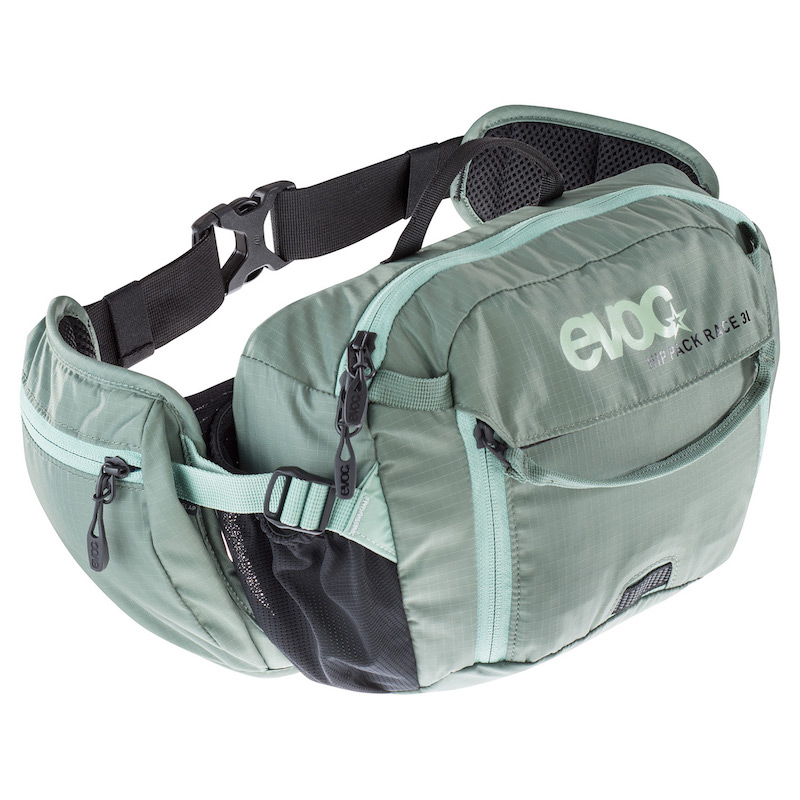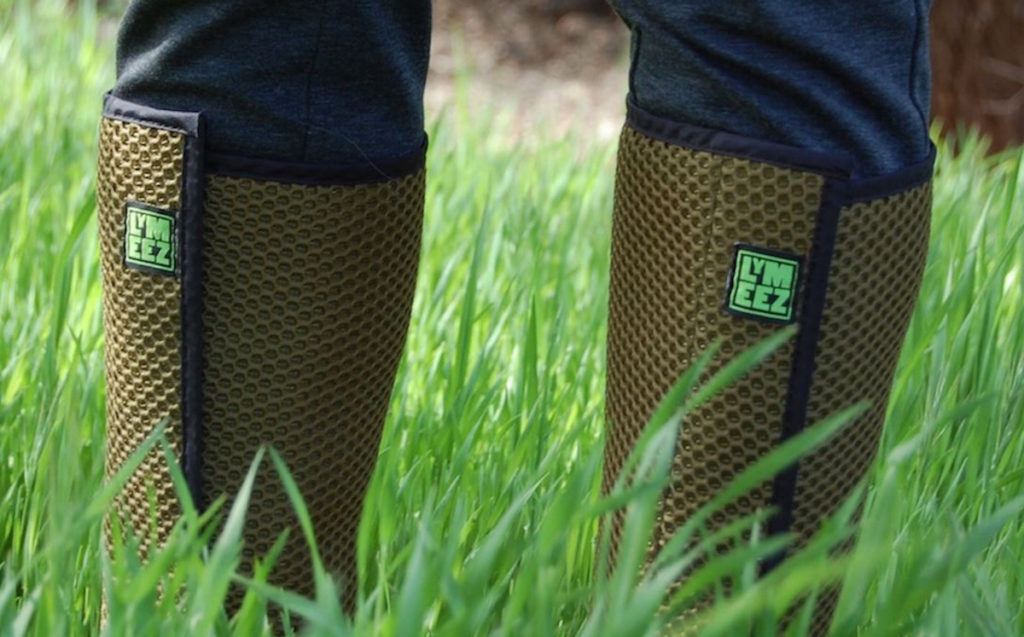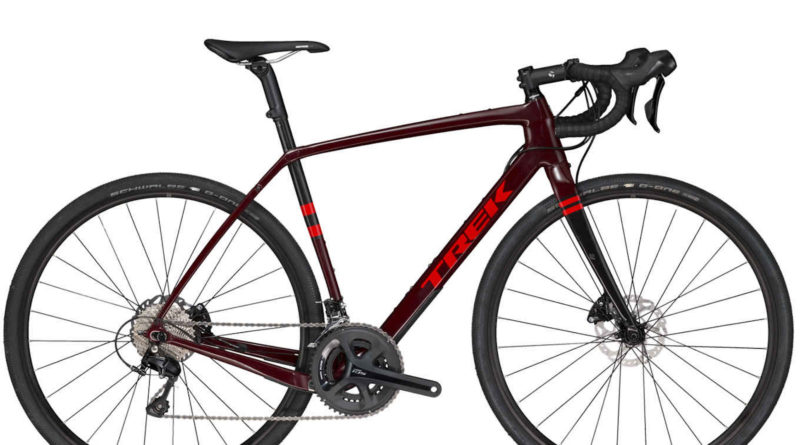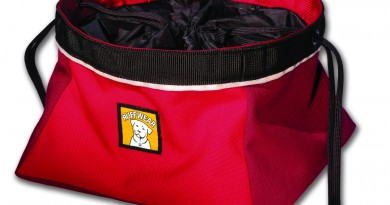Gravel Gear and More
Some essentials for grinding the gravel, or just having fun this summer.
Made for Dirt Roads
We just spent seven days riding the bike that up until now, was deemed Trek’s all-terrain, drop-bar, go anywhere bike: the Domane. Sure, it’s a great ride but what’s getting us excited is the prospect of a true gravel bike: the new Checkpoint. Trek’s Checkpoint has the drop bars of a road bike and uses 650b tires but can accommodate a chubby, 700×45 go-anywhere tire. The higher-end Checkpoint also features the IsoSpeed decoupler. It’s on the seat tube only and not adjustable, like on the Domane, but it still allows the seat tube to decouple from the top tube, to provide a smoother ride. All models come with disc brakes, four cage mounts for water bottles and extra mounts for racks, gear and accessories—a bonus if you are planning to backpack or commute. The Checkpoint ranges in models and price from the standard aluminum-framed, carbon-fork ALR 4 to the spiffed out carbon SL6 ($3,799) with a Shimano Ultegra drive train.
Fanny Packs Are Back
The problem with hydration backpacks is that if you’re bent over the handlebars, they tend to raise your center of gravity and weigh on your back. For gravel riders and mountain  bikers, fanny packs are making a comeback. The EVOC Hip Pack Race 3L ($95) is a nice trim one that would also be great for a quick hike. It can hold a water bottle as well as a small 1.5-liter hydration bladder. Most important, it has good ventilation thanks to a lumbar vent, and padding and elastic sides that let it hug your body. The pack itself can carry a phone, your basic toolkit and (if you stuff it in) a light windbreaker…or a few energy bars. And with two zippered pockets, you won’t have to hunt for your keys.
bikers, fanny packs are making a comeback. The EVOC Hip Pack Race 3L ($95) is a nice trim one that would also be great for a quick hike. It can hold a water bottle as well as a small 1.5-liter hydration bladder. Most important, it has good ventilation thanks to a lumbar vent, and padding and elastic sides that let it hug your body. The pack itself can carry a phone, your basic toolkit and (if you stuff it in) a light windbreaker…or a few energy bars. And with two zippered pockets, you won’t have to hunt for your keys.
The Ultra Computer
In a state where cell service is often limited and signage, well, nonexistent, if you truly want to explore (and have the cash to spend) consider this: the Garmin Edge 1030 ($779). The latest and greatest in Garmin’s line of cycling/touring computers, it can track and map both on and off-road routes, features an altimeter and can send messages to others in your group with a Garmin. It has turn-by-turn navigation and can even suggest up to three routes if you tell it a distance and starting direction. Trendline routing can also suggest popular routes in your area. Like the Garmin 820, it has built-in incident detection (in other words, if you crash and don’t respond, it will call an emergency number). It also connects to Strava Live so you can compete against friends (or yourself) and you can even upload your Training Peaks workout and it will act like a coach. The Best Bike Split app also lets you see how changes in power, weight and time can affect your goal race time. The plus side: 20 hours of battery life (versus 15 for the smaller models) and a big screen. The one downside, at 123 grams it’s not light and the screen is bigger than an iPhone 8. Oh yes, and cost. If that’s a factor (which for most of us, is a resounding yes!), the Garmin Edge 820 does most of the basics for about half the price ($349).
Lyme Gaiters
As of 2017, Vermont had the highest incidence of Lyme disease per capita in the country. This year, things are not looking better. While doctors are recommending wearing long  socks and pants, Lymeez ($30), as geeky as they may sound, may offer a better solution. The wrap-around gaiters are made of an untreated 3D mesh, which in limited lab tests were shown to slow down the tick’s rate of progress up a leg. The gaiters come in a permethrin-treated 12-inch version or a shorter, 8 inch version ($20). While you may not want to be seen hiking in these, they might not be a bad idea next time you’re mowing the lawn.
socks and pants, Lymeez ($30), as geeky as they may sound, may offer a better solution. The wrap-around gaiters are made of an untreated 3D mesh, which in limited lab tests were shown to slow down the tick’s rate of progress up a leg. The gaiters come in a permethrin-treated 12-inch version or a shorter, 8 inch version ($20). While you may not want to be seen hiking in these, they might not be a bad idea next time you’re mowing the lawn.


